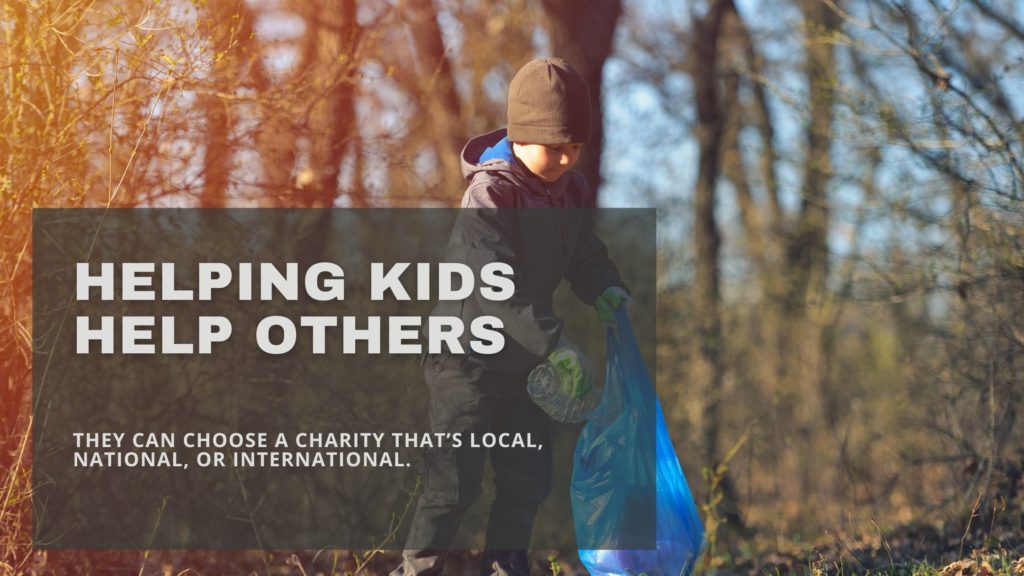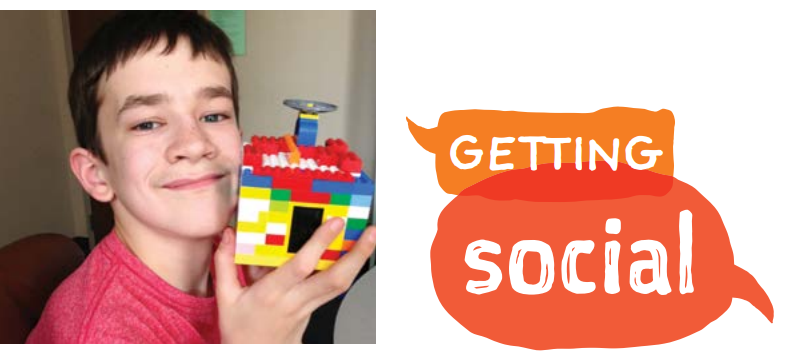Most of us want our kids to be generous and thoughtful, and we want them to have a broad view of the world.
So why not encourage them to donate some of their money or allowance to a worthy cause?
Figuring out how much to give — and who to give it to — is good practice for kids learning to be smart and deliberate with money.
The problem is, encouraging our kids to give to a cause can easily become one of those great parenting ideas that dies out, because actually following through becomes too complicated — or simply gets lost amidst the one million day-to-day details of regular life.
I have a lot of friends who regularly give time and money to support causes important to them, including many who encourage their kids to do the same.
I’m constantly impressed by what some of the kids I know are doing:
♥Several kids we know have asked for charity donations instead of birthday presents.
♥A group of youngsters in our neighborhood recently spearheaded a food drive.
♥And one first-grader we know raised hundreds of dollars to support natural disaster victims.
But for some reason, converting those philanthropic impulses into consistent donations has eluded our family — and many others I’ve discussed it with.
And it’s that word — consistent — that leads to real lessons being learned (and real differences being made).
Maybe, like us, you’ve tried the classic “spend some, save some, donate some” strategy.
And maybe, like it did for us, it fizzled out after not too long.
We went with the classic three-envelope strategy — one each for spending, saving and donating.
But I can barely remember to have cash for allowances much less gather and mail those crumpled “donate some” bills to our boys’ chosen charity.
The key, I’ve found, is to let kids lead the process as much as possible.
When they do, they feel invested. Here are a few guidelines to help you get — and stay — on track.
Start with the basics.
Help your kids brainstorm what matters most to them and where they want their donations to go by starting with a choice between three broad categories:
- Helping people. They can decide to support organizations that search for cures for diseases, help feed people or provide other assistance to folks in need.
- Helping animals. Many kids are attracted to the idea of supporting organizations that rescue sick or abandoned pets, or groups that speak out against the cruel testing of products on animals.
- Helping the environment. Most kids have heard a lot about helping the environment by the time they reach early elementary school. They can help by supporting groups that work to reduce pollution, protect rainforests or clean up oceans, rivers, and lakes.
Keep it local or go bigger?
In all three categories, kids can choose a charity that’s local, national, or international.
A local charity could be a women’s shelter or water-protection organization.
On the other hand, many disaster-relief charities are international.
Your family’s money is more likely to make an immediate impact if you keep it local.
But sometimes larger organizations are the only ones that support the causes your kids are interested in right now.
Another way to make a bigger difference is to choose an organization with specific goals.
It might be easy to donate to a big, general environmental charity.
But you and your kids might feel better putting your money into an organization that’s working to clean up a lake in your community, for example.
Research and choose
Once you know what kind of organization you want to donate to, it’s easy to do a little research to find charities that fit that category.
Find a few that match your kids’ criteria, then keep digging to learn more about those organizations.
One place to look is Charity Navigator.
Another place to look is Doing Good Together.
This website gives lots of advice for choosing charities.
It looks at how effective and ethical they are.
And it provides a list of questions to ask of a charity before making a donation — like how much of every dollar goes to the cause and how much is for overhead?
Depending on how old your kids are, they may not be interested in this last step, but you’ll want to feel good about choosing an organization that will use your family’s money wisely.
Eric Braun is a Minneapolis writer and dad of two boys.























